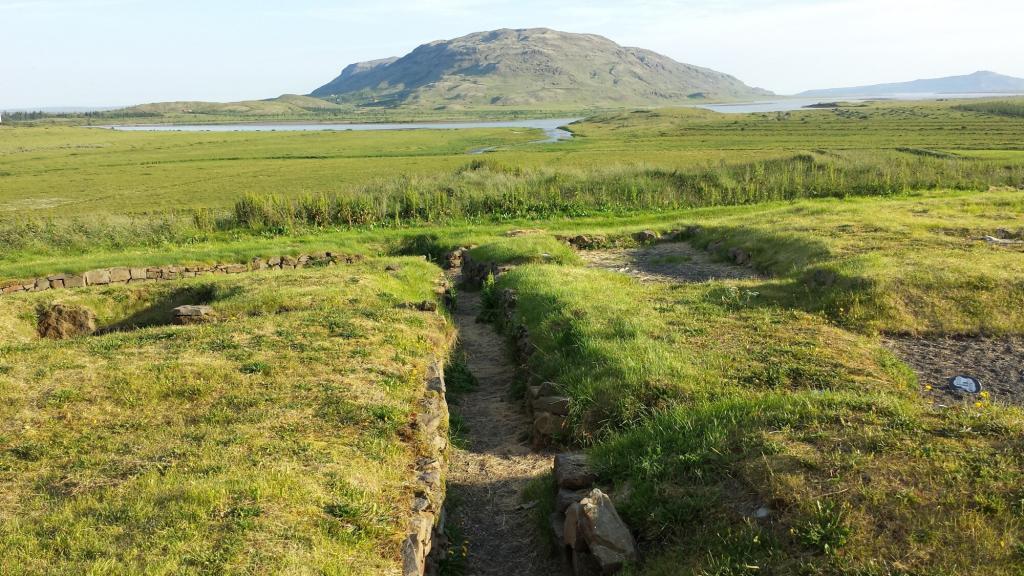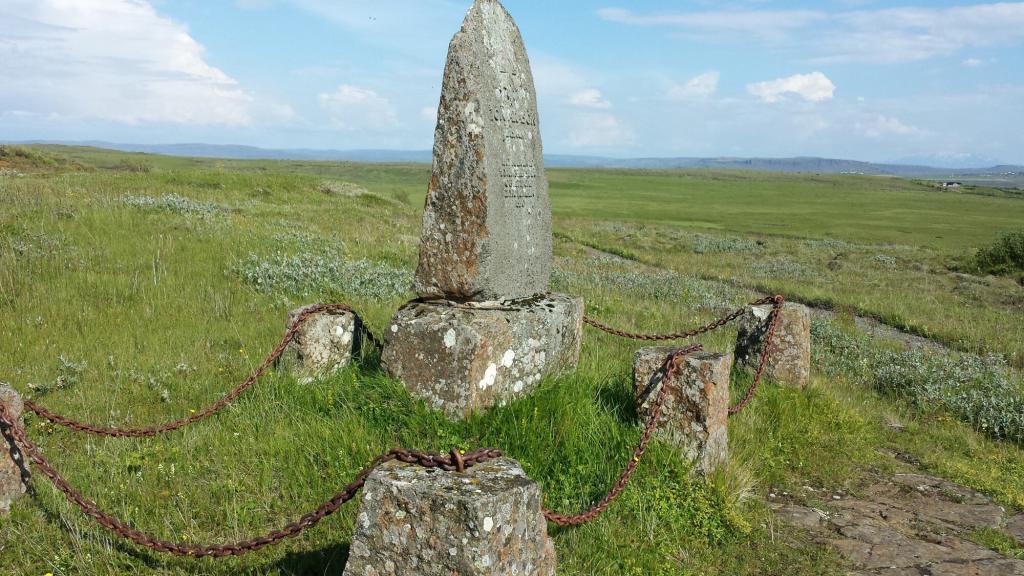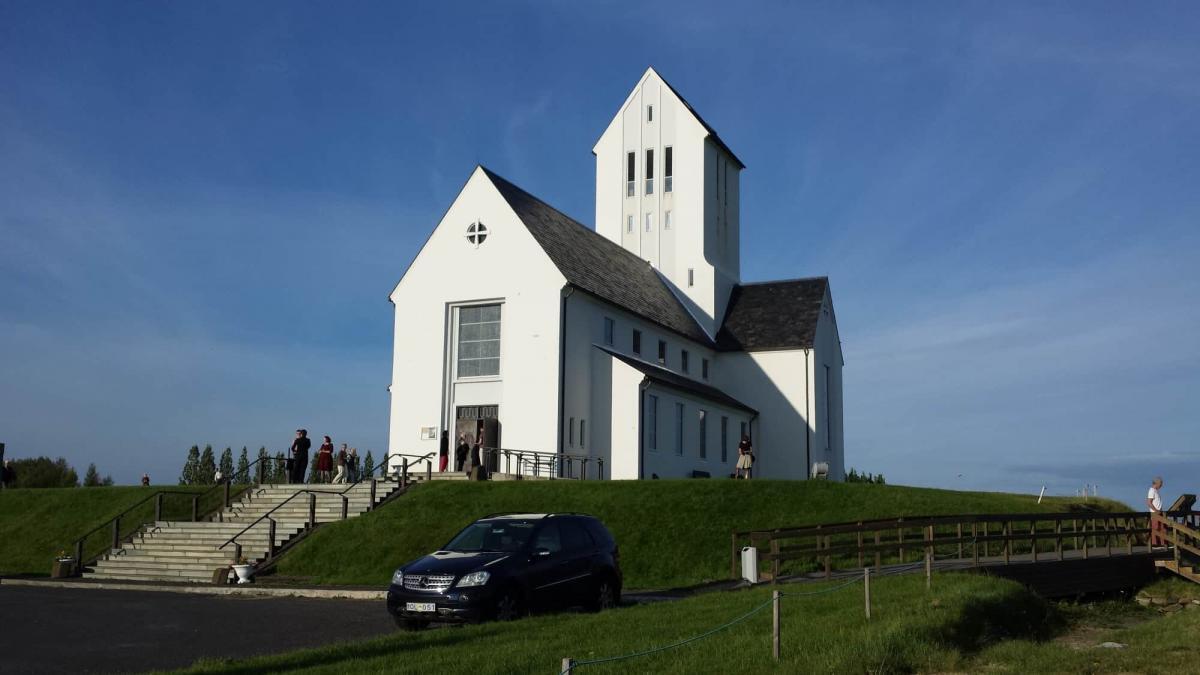Free and exclusive discount codes for hundreds of tours and & travel services in Iceland
Subscribe to instantly receive discount codes for tours, car rental, camper van rental, and outdoor clothing rental. Thank you! ❤️ Jon Heidar, Editor of Stuck in Iceland Travel MagazineSkálholt is one of the most historic sites in Iceland. It was the seat of bishops all the way from 1056 until it was it was moved to Reykjavik in 1785. It was the site of the first school in Iceland (also founded in 1056) and it had a huge cathredral built there by the bishop Klængur Þorsteinsson in 1153.
The effort required to build that church in the middle ages boggles the mind, especially the transport of huge timbers all the from Norway and inland to the building site in Skálholt. It is said that it took two ships to bring the timber from Norway. Skálholt is the site of various churches through the ages that frequently burn down or are destroyed by storms and steadily become smaller until the 19th century when the church at the former proud bishopric was just a glorified cow shed. This reflects the worsening fortunes of Icelandic society from the middle ages onwards.

Skálholt was along the other Icelandic bishopric at Hólar the only real village in almost exclusively rural Iceland and it controlled a lot of the land and wealth in the South of Iceland. It also had a sizeable monastery during Catholic times but the reformation put a quick end to that. Actually, Skálholt is the site of a pivotal event in the civil strife that accompanied the reformation in Iceland as the last Icelandic catholic bishop, Jón Arason, was beheaded with his sons (no, Icelandic clergy definitely did not practice celibacy in the middle ages) there in 1550. The rather decrepit monument to the execution shows the ambivalence or perhaps indifference that Icelanders have with the bishops brief but violent insurgency against the Danish king who ordered his subjects to go through with the reformation.

The modern Skálholt is a great place to visit. It has an impressive church, constructed from 1956 – 1963 with a cellar which houses a small museum. Most notably it houses the huge stone casket of the bishop Páll Jónsson (1155-1211). The ca. 800KG stone is believed to have been transported from the distant Vörðufell hill and boy am I glad that I didn´t have to work on that whim of a vain bishop.
Along with Hólar (the other site of a medieval bishopric) Skálholt is a cathedra of the Church of Iceland’s its suffragan bishops (whatever that means). Adjacent to the church there is a pretty interesting remains of the school at Skálholt dating back to the 18th century. On the other side it has a cafeteria and there you can look at some objects dug up from the old school. The most important thing about modern Skálholt, however, are the annual Skálholt Summer Concerts. This is an ambitious 6 week program that typically involves some 40 public concerts, lectures and workshops.
How to get there?
From Reykjavik drive on highway No. 1, turn on road 35 until you reach road no. 35.
View Larger Map
Written by Jón Heiðar Þorsteinsson
Ready for a Road Trip in Iceland?
Support this blog by getting a great deal on renting a car from Budget.




